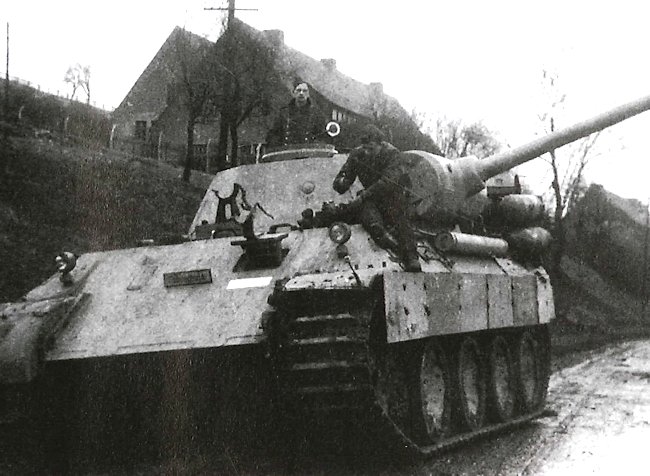In before this discussion ends up with Brits rolling around in Centurions by '41.

It seems that majority of British tanks were of riveted construction during WW2, was there any reason for them not using welding instead?
I still see Cruiser tanks with Christie suspension, the doctrine still requires such vehicle, and the speeds that Christie suspension vehicles can achieve are certainly going to be seen as needed by the British. Still, they seem like they are going to end up with somewhat refined Valentine in service a bit earlier, so it is not as bad as it may seem at first. His work on it may cause some positive changes in regards to engines, even the Liberty engine could be made a bit more reliable with sufficient testing.
